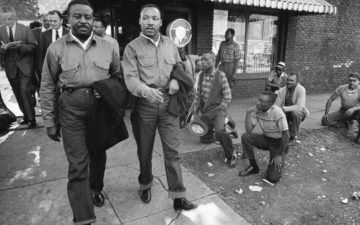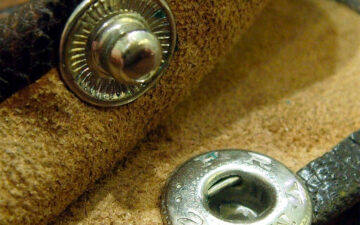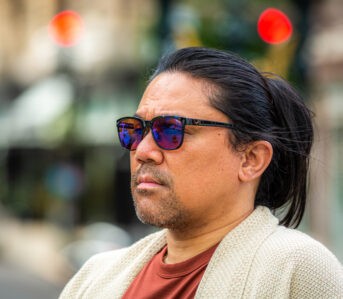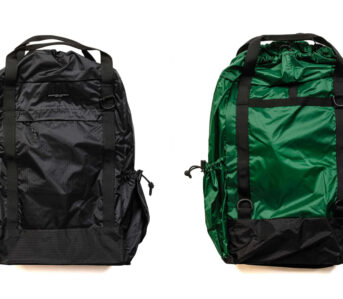Welcome to part 2 of How Baseball Influenced Menswear. In Part 1, we covered the very beginnings of baseball, the creation of the uniform and how it evolved into its modern form, as well as the meteoric rise of the ball cap into both the sport and popular fashion.
In this second installment, we’ll take a look at some of the most recognizable basbeall styles that have transcended the sport, penetrating the sartorial zeitgeist in more ways than one. Batter, up!
The Yankees Logo
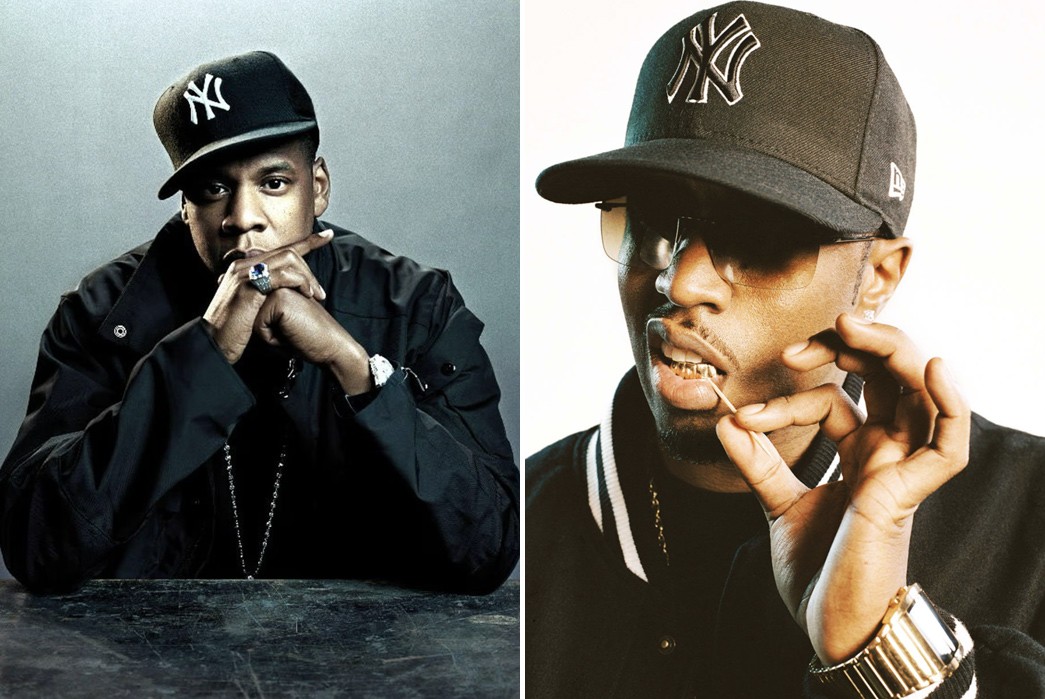
(Left) Jay-Z via SILive (Right) Diddy via MLB.com
The Yankees logo stands as one of the most iconic logos in the world. Ever. From the grimy blocks of the Bronx to the runways of high fashion, the emblem has left an indelible mark on the sartorial landscape, perhaps even more so than the team itself.
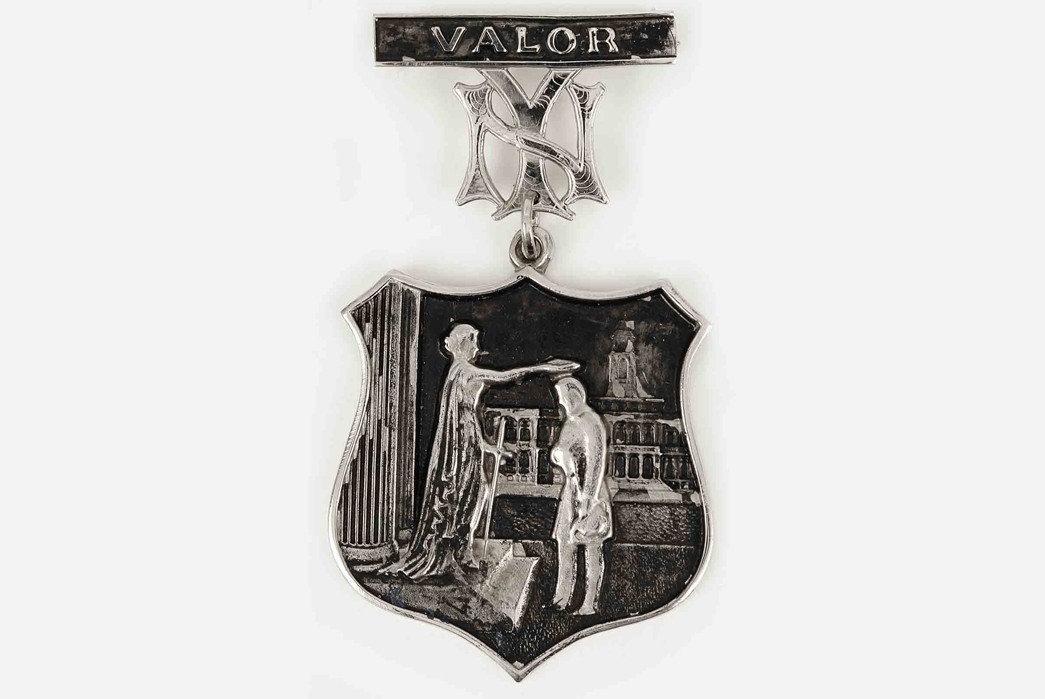
NYPD Medal of Valor via MLB.com
Way back in the early 1900s when the Empire State Building was but a dream, the New York Highlanders decided to rebrand as the New York Yankees, and the infamous interlocking “NY” insignia was chosen as the club’s emblem. Interestingly enough, the logo predated even the team itself. As the story goes, the icon was originally designed by Louis B. Tiffany (of Tiffany’s fame) as a Medal of Valor presented to John McDowell, the first New York police officer killed in the line of duty back in 1877. The 1909 “Big Bill” Devery, co-owner of the Yankees and also the former chief of police, decided to appropriate the design for his ball club. However, while this is the story the team tells, history has cast doubt on Devery’s involvement at all, seeing as he was known to be a police official of notoriously corrupt character.
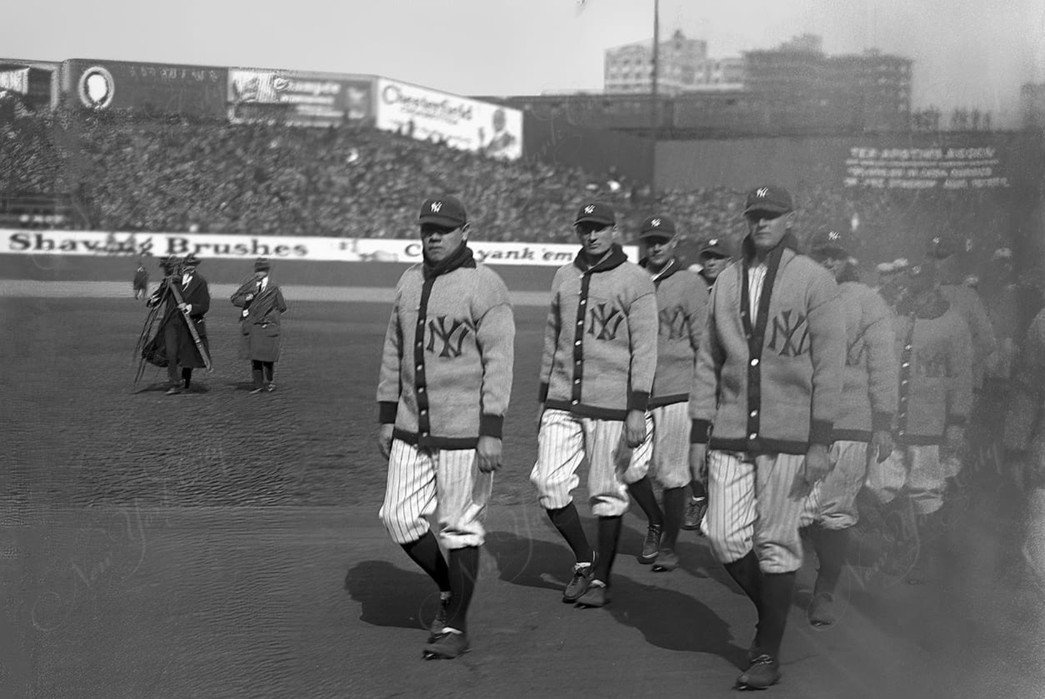
Babe Ruth and the Yankees on Opening Day 1923 via History101.nyc
Nevertheless, the power of the symbol grew to become to most recognizable in all of sports. As the years rolled by, the Yankees established themselves as a formidable force in baseball, collecting 27 World Series championships (cue the “Let’s go Yankees!” *clap, clap, clapclapclap* from New Yorkers reading this) and becoming the most valuable franchise baseball has ever seen.
It’s hard to put into words, but I’ve always felt that the Yankees just have this air to them. This aura of majesty that they radiate. It took me ages to put my finger on it, but I’ve finally figured out what it is. New York City is the most influential city in the world. It’s a cultural behemoth, an unstoppable force that has taken on a life of its own. There’s that cliche that in movies set in NY, the city itself is “one of the characters”. There’s already a myriad of sources who’ve waxed poetic about NY’s mystique, but I say all of this to drive home the point that the city has no equal. But the Yankees are the closest thing the city has to an avatar. A corporeal form you can point to and say “you are the physical manifestation of a very powerful but intangible thing”. And the “NY” logo is a signifier of that. The power of it transcends the field diamond. It’s more than just a team’s identity; it’s an emblem for one of the most legendary and alluring places on this big blue planet.
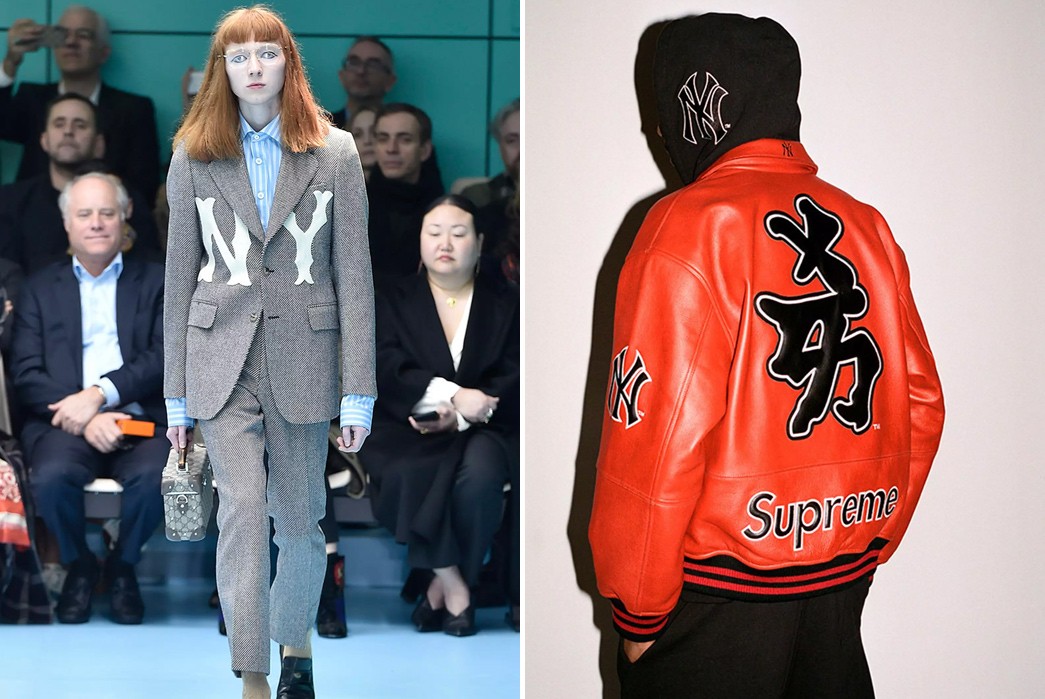
(Left) Gucci suit on the runway vis Highsnobiety (Right) Supreme Yankees collection via Hypebeast
Its simple design and elegant typography have cemented its status as a timeless and classic piece of design. From streetwear to haute couture the logo has infiltrated every facet of fashion. Designers have taken this icon and transformed it into a statement of urban cool, a symbol of style that transcends borders and cultures. Rocking a New York Yankees cap in the good ol’ USA usually means you’re probably showing love for your favorite ball club or repping NYC pride. But take that cap across international borders, and it becomes something more. It’s a symbol of an idealized America. It’s a universal statement of striving for something intangible, something more. Whether that’s greatness, coolness, culture, flair — whatever it happens to be. The Yankees logo is a perfect emblem, a sartorial nod to the land of stars and stripes, and the American sensationalism that captivates the world’s collective imagination.
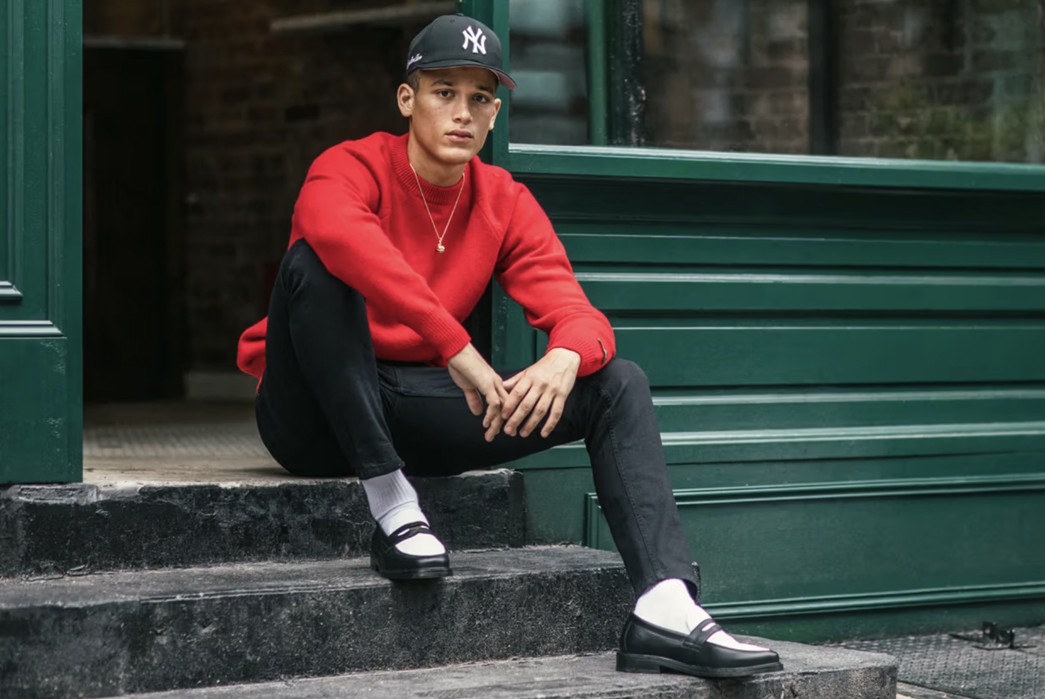
Aime Leon Dore via Hypebeast
Baseball’s Jackets
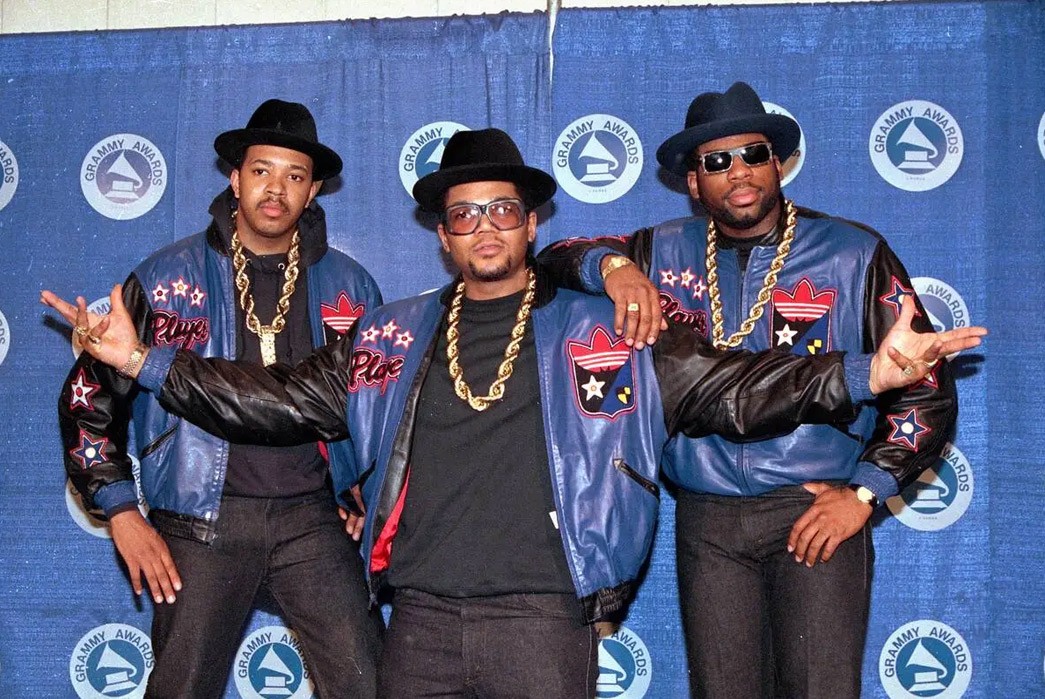
Run D.M.C at the 1989 Grammy’s via Las Vegas Review
These days varsity jackets are cultural mainstays that often conjure images of high school jocks on the football team. But let’s rewind the clock back to 1865, when the Harvard baseball team took the field in a distinct heavy wool sweater that was utilized as their uniform. A varsity sweater, if you will. It was the players themselves who decided to add a touch of personal flair to these unis and boldly embroider a large “H” right in the center. That single letter breathed life into their garments and marked the birth of the mainstream jacket as we know it today.
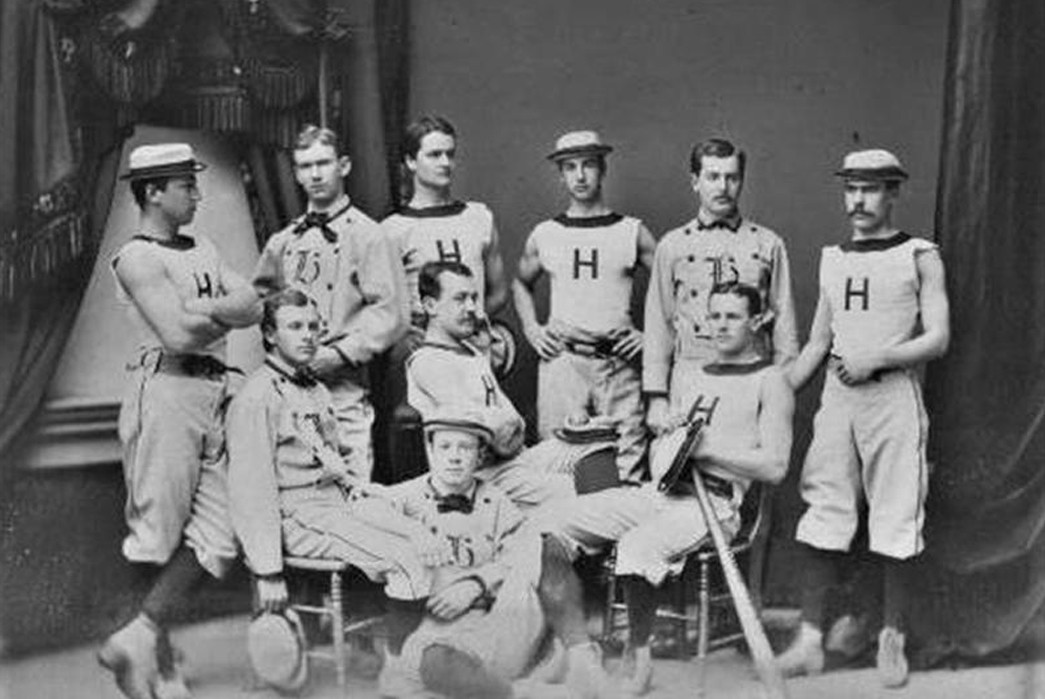
19th century Harvard Baseball team via Colater.al
Fast forward to 1930, and the iconic varsity jacket made its grand entrance onto the scene. Athletes were no longer willing to shiver in the cold, demanding something sturdier to brave the elements. Thus the creation of the rugged, bomber-style design we know today. And just like that, the letterman jacket was born and became a bona fide status symbol within the hallowed halls of universities. To learn a more in-depth history of the varsity jacket, check out The History of Varsity Jackets.
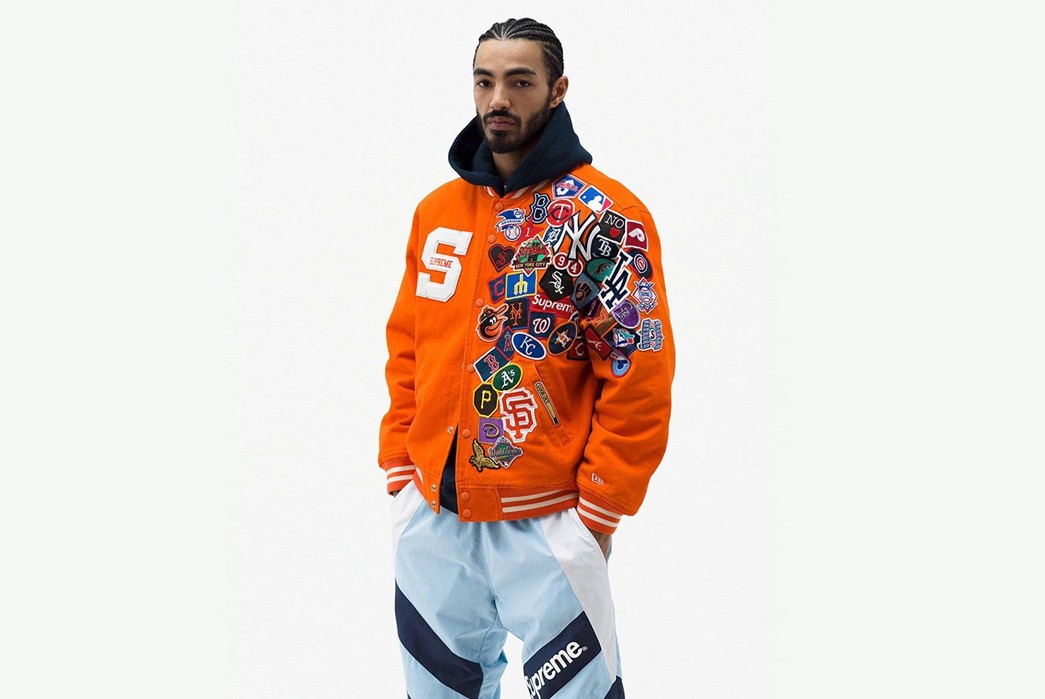
Supreme 2020 Varsity Jacket via Supreme
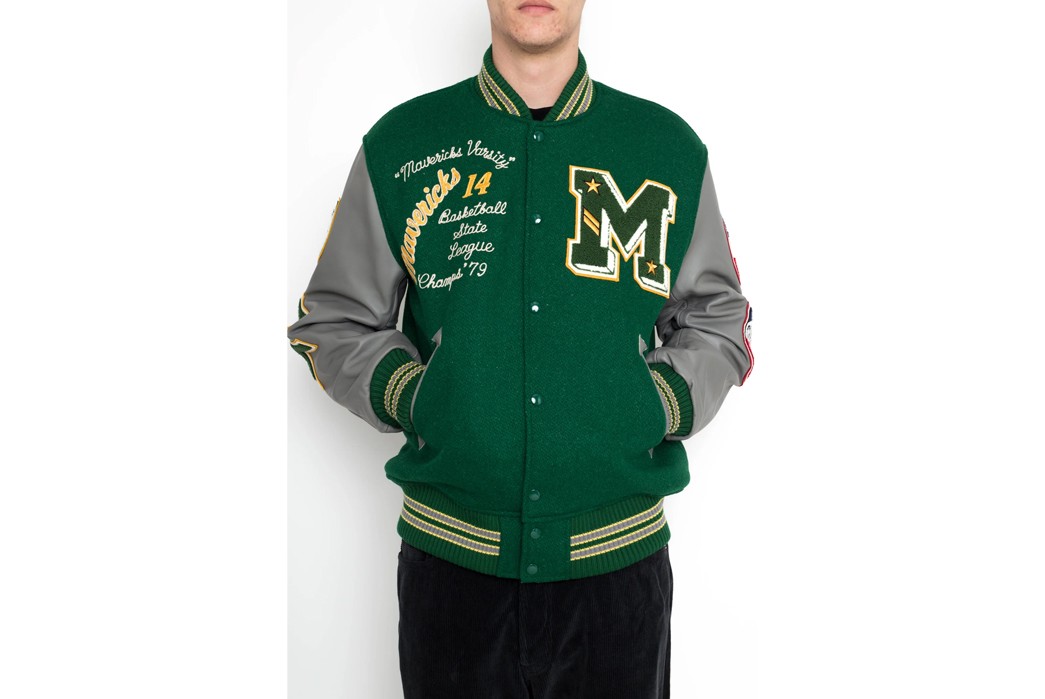
Whitesville by Toyo Enterprise Melton Wool Jacket, available for $1090 Blue in Green Soho.
After World War II, lettermans began to spread in popularity among high schoolers who participated in other aspects of school life outside of sports. They began to proudly display a student’s identity through their school and became a badge of honor, a stylish proclamation of school pride.
By the 1980s, the popularity of the jacket exploded when professional sports franchises — not just in baseball — but the NBA and NFL as well, began to make their own versions. The jacket was further thrust into the limelight when worn by influential hip-hop artists like Run D.M.C in the 80s and College Dropout-era Kanye West in the early 2000s.
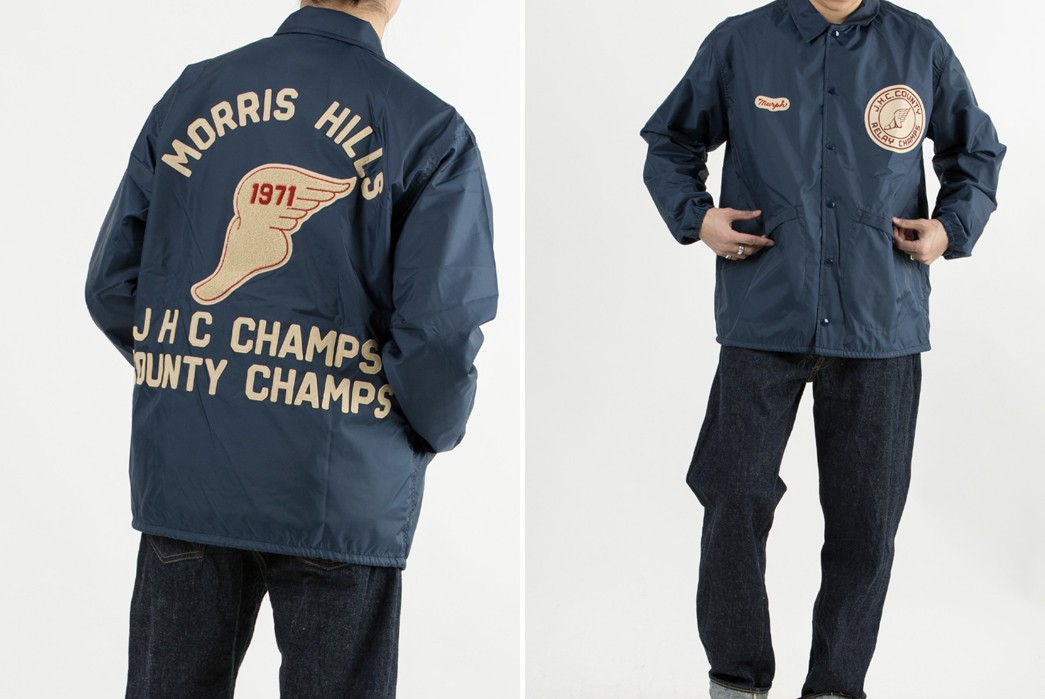
Warehouse& co. Lot 2170 Coach Jacket, available for $595 from Sculpstore.
Seen as a sort of cousin to the varsity jacket, the Coaches Jacket also gained a foothold in fashion during this era. With their thin, lightweight, nylon button-down design, coaches jackets were originally worn by baseball & football coaches dictating the play from the touchlines on those blustery and wet fall days.
Thanks to the revival of 80s and 90s trends, these jackets have since become popular again as a casual piece worn by a certain set of streetwear aficionados. The jacket is one of the most popular in streetwear, with legendary labels like Supreme and A Bathing Ape both making numerous renditions over the last 30 years. In our niche, Japanese repro brands like Samurai, The Real McCoy’s, Warehouse & Co., and Pherrow’s have produced Coach Jackets as the heritage scene looks further into the 20th century for inspiration.
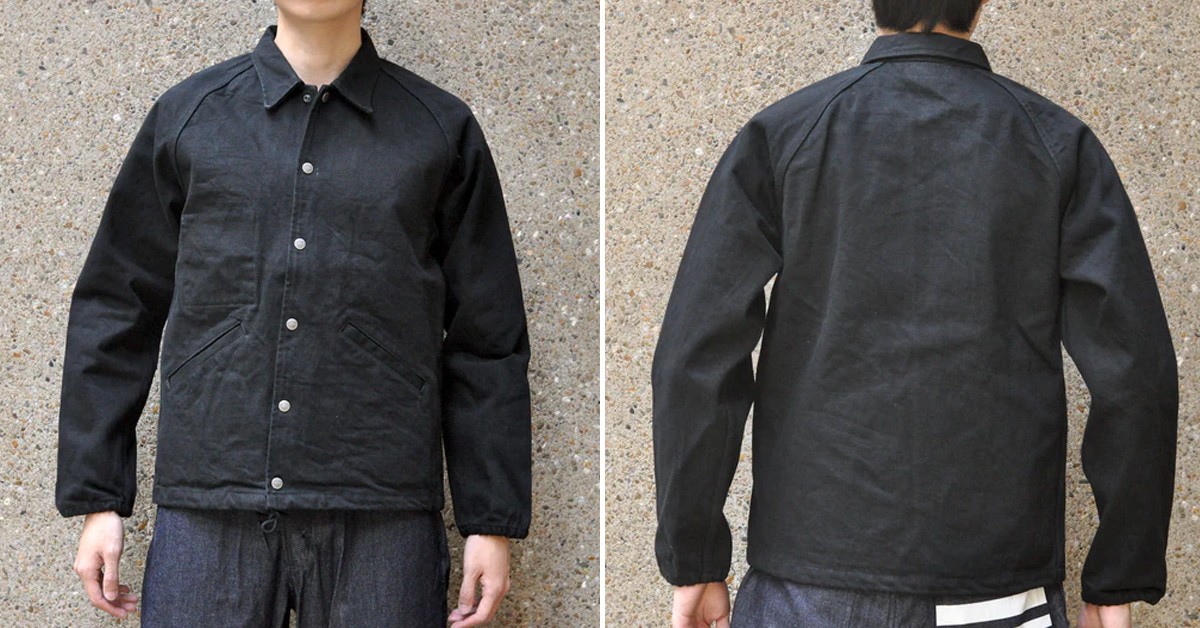
Samurai Jeans 17 oz. Coach Jacket, available for $369 from Corlection.
The 3/4 Tee
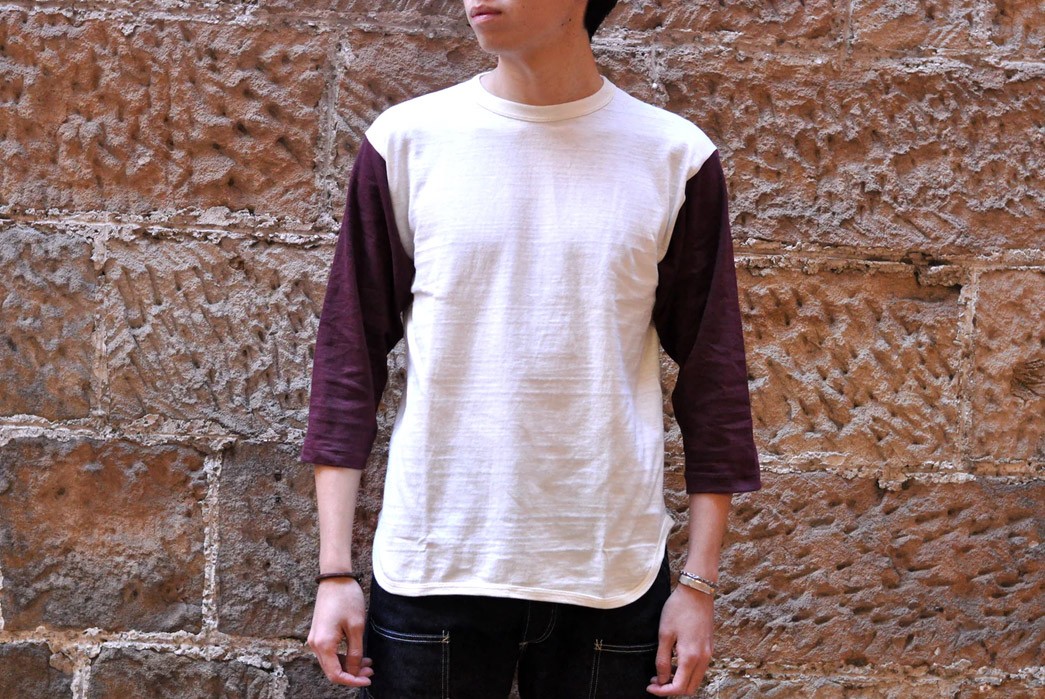
Warehouse “Bamboo Textured” 3/4 Sleeve Baseball Tee, available for $67 (on sale) from Corlection.
The 3/4 length sleeve raglan baseball tee isn’t just cut that way for stylistic purposes. It is worn to prevent players’ sleeves from getting caught in their gloves while playing and practicing. Raglan shirts also provide comfort as the lack of a bothersome shoulder seam grants the wearer the freedom to move their arms easily, whether they’re swinging, throwing, or catching. With its two-toned design, the shirts also have the added benefit of allowing for bold color blocking in a team’s desired combo.
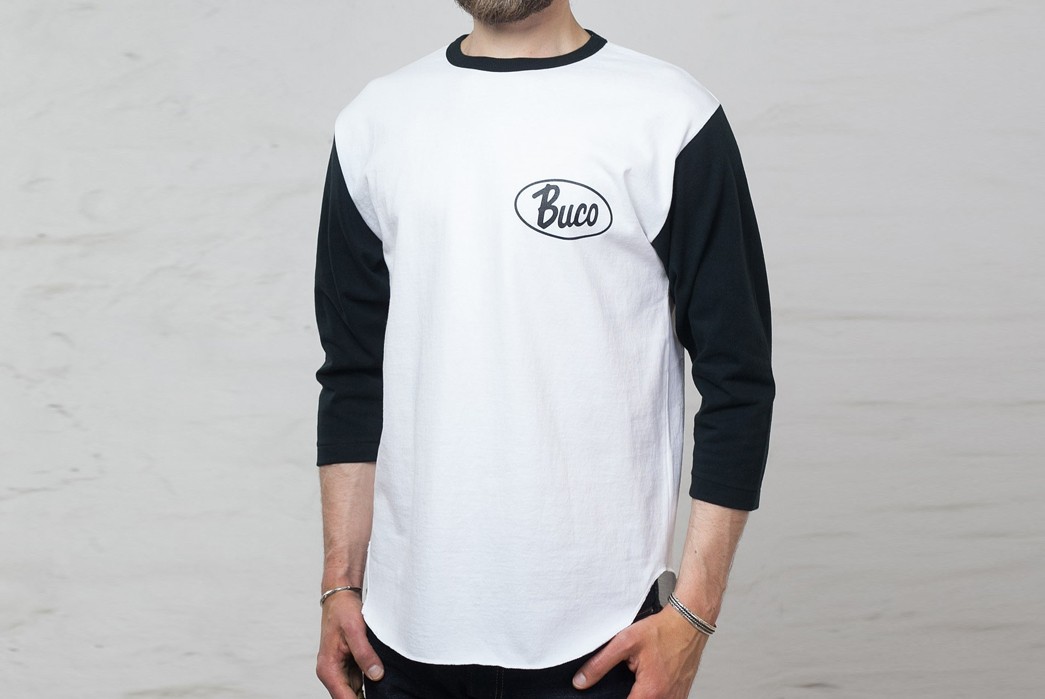
The Real McCoy’s Buco Raglan, available for €109.95 (~$120USD) from Burg & Schild.
For a bit of history, the shirt style owes its name to Lord Raglan, a British Army officer who fought in the 1815 Battle of Waterloo against the French forces led by Napoleon Bonaparte. The campaign lasted over three weeks and left over 120,00 dead. Among the casualties was Lord Raglan’s right arm. Despite this, Raglan continued on with his military duties, but with one less limb at his disposal, he needed a garment that would grant him more mobility. In 1851 a solution arrived courtesy of a tailor named John Emery. He and his team devised a new kind of sleeve to meet Raglan’s needs. Thus the Raglan sleeve was born. It offered unmatched flexibility and allowed Lord Raglan to dress himself and swing his sword. Keep that in mind the next time you pop one on.
Since appearing on the baseball field, the 3/4 raglan tee — typically seen with contrasting colored arms — has become a classic in both men’s and womenswear. They’re one of those garments you can find anywhere, from the mall store to the boutique Japanese denim store. They were pretty popular in the 90s when skateboarding exploded into popular culture, which had a trickle effect on music culture.
Baseball Bits and Bobs
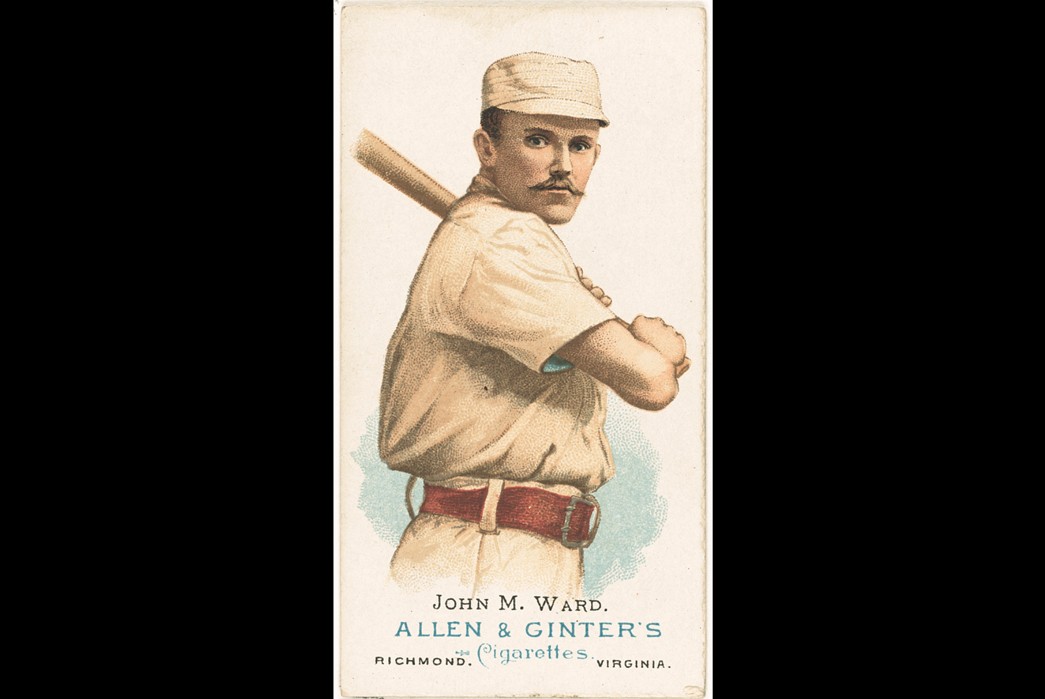
1887 Tobacco baseball card via the Library of Congress
Merch, collectibles, and memorabilia have a significant place in baseball lore. Arguably none moreso than baseball cards. They have a storied history that spans over a century, evolving from simple pieces of paper to valuable pieces of sporting currency.
The concept of baseball cards traces back to the mid-19th century when baseball was gaining popularity in the United States. In the 1860s and 70s, tobacco companies started inserting small cards feature baseball players into their product packaging to entice customers. These early cards were often printed on thin paper and depicted popular players of the time.
The baseball card boom really exploded in the early 1950s when Topps — back then a gum store — started adding cards into the packaging of their gum. The gorgeous and colorful designs of their cards caught on in a big way and the company shifted their focus to the card-making business, hanging up their gum-making for good.
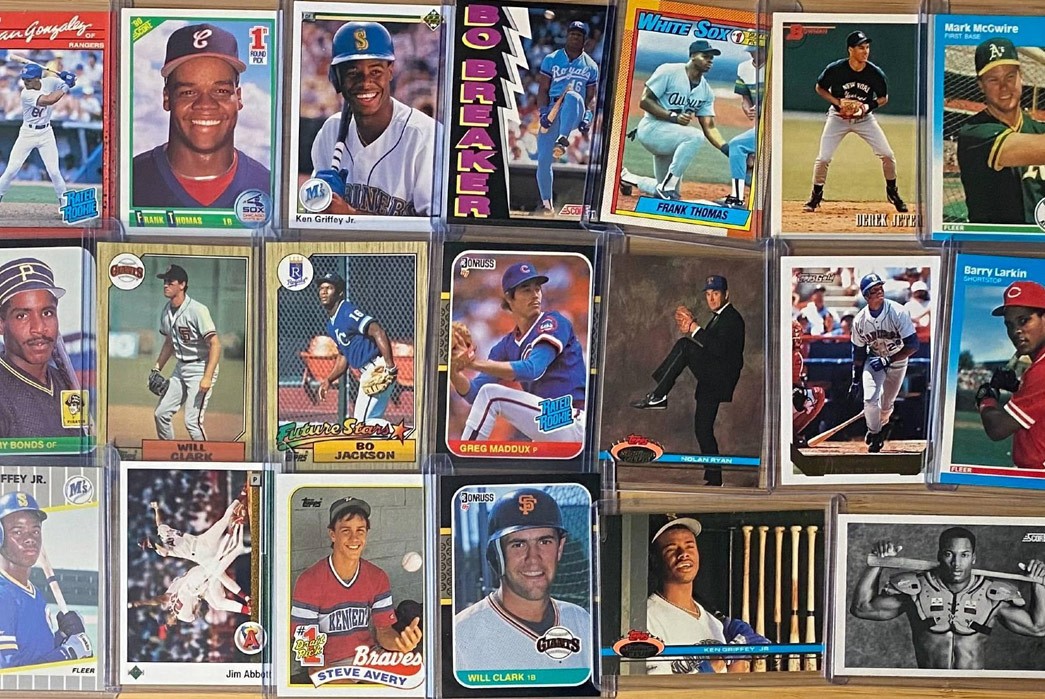
Baseball cards from 1987-1993 via SportingNews.com
Featuring close up headshots of players, autographs, stats and bios, Topps’ baseball cards really caught on with young fans, who began purchasing packs in search for their favorite players and to trade with friends.
In the early 1970s, a significant shift took place in the world of baseball cards as adults began to actively participate in the hobby, forming formal organizations centered around the love of card collecting. These enthusiasts created baseball conventions and established local clubs as well.
As the popularity of the hobby grew, baseball cards started to take on a new role as valuable collectors’ items that could be bought and sold for money. It transformed into one of the most beloved and sought-after hobbies in the United States. In 1992, baseball card sales reached a high of 1.5 BILLION dollars. However, over-saturation of the market, coupled with waning popularity in the sport of baseball overall has seen the card craze decline substantially in recent years.
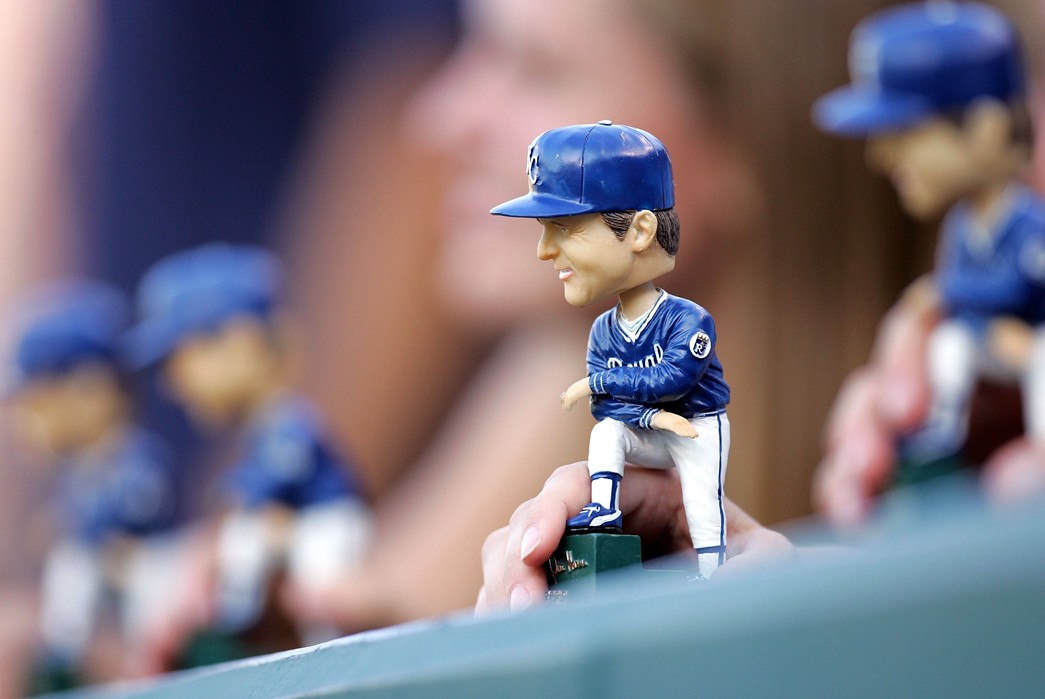
Bobblehead Dick Howser via Bleacher Report
Another iconic collectible item inseparable from the world of baseball is the bobblehead. In 1960, the MLB introduced these figurines to the mainstream by creating a series of paper-mache dolls for every team in the league. Years later player-specific models hit the scene, created in the image of legendaries players like Willie Mays and Roger Maris. These exclusives collectibles were released during the World Series and captured the hearts of baseball fans everywhere. However, dude to their paper mache construction, only a few of these early bobbleheads survived.
In the 1970s, production took a leap forward with improved construction method utilizing study ceramic builds. This led to the expansion of bobblehead popularity beyond baseball as they made their way into other sports and pop culture, including cartoons and bands. Despite their initial boom, bobbleheads experiences a dip in the mid-1970s falling out of favor and resulting in very few new ones being produced
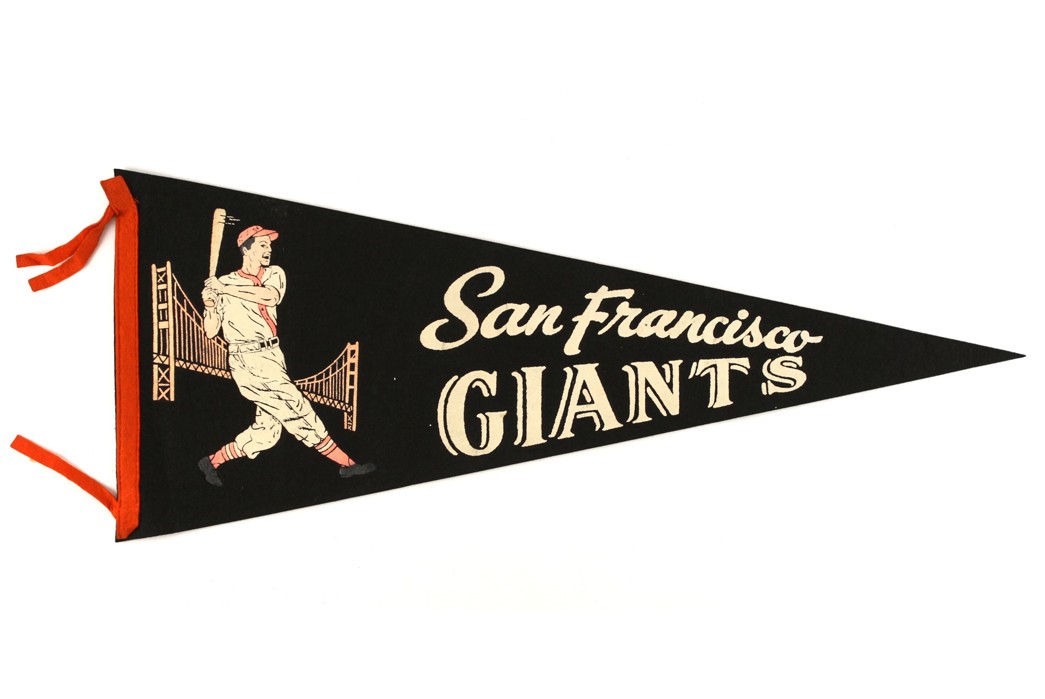
For over a century, the trusty felt pennant has been the go-to symbol of unwavering loyalty to a team. Step into any baseball stadium in the country and you’ll spot them hanging proudly in the team shop as a timeless testament to true fandom.
The earliest pennants were labors of love, crafted by skilled hands. Each piece was cut from 100% wool felt. Some creators even used burnt leather to recreate intricate team logo designs. And seamstresses skilfully stitched everything together, creating slightly imperfect, yet charming triangular banners.
Originally geared towards college students to show off their school pride, professional baseball’s growing popularity brought about changes in who pennants were geared towards. During the 1920s and 1930s, baseball captured the hearts of children everywhere. Kids adored the game, playing stick ball in the streets during the day and tuning in to the radio to catch snippets of the game in the afternoon. As fathers began taking their sons to the ballpark, savvy sellers recognized a golden opportunity: knowing these kids would crave a memento, they seized the chance to offer souvenirs for them to take home.
By the 60s, licensing and merchandizing agreements changed the production process of gear that featured team names, logos, and likenesses. Obtaining a licensing agreement came with a big price tag, making it challenging for many manufacturers to participate. The pennant-makers who managed to stay afloat were forced to reduce production costs. And by the 1970s makers started utilizing 100% synthetic materials for the felt. Instead of handcrafted artwork, they transitioned to direct printing of graphics. And team specific artwork gave way to standardized design layouts that were recycled among multiple teams. This transformation marked the end of a cherished era in pennant-making history.
The Negro Leagues
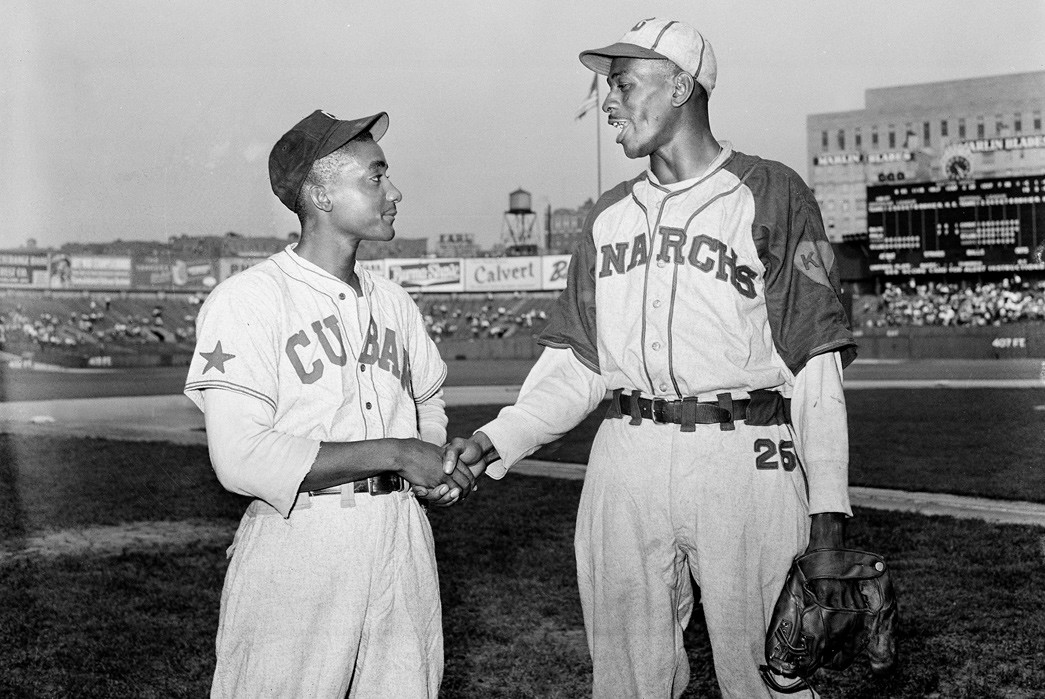
Leroy “Satchel” Paige, right, of the Kansas City Monarchs and David Barnhill of the New York Cuban Stars before the start of a game at Yankee Stadium in 1942 via MLB.com
For decades, baseball was plagued by racial segregation, with African American players excluded from playing in the major leagues. This exclusion was enforced by an unwritten rules known as the “gentleman’s agreement”, which barred non-white players from competing alongside white players in the same league. Because of this, Black players created their own leagues, known as the Negro Leagues. Here, a vibrant and talented baseball community thrived and provided African American players with the opportunity to play professional ball and showcase their skills, and prove to the world just how good they really were.
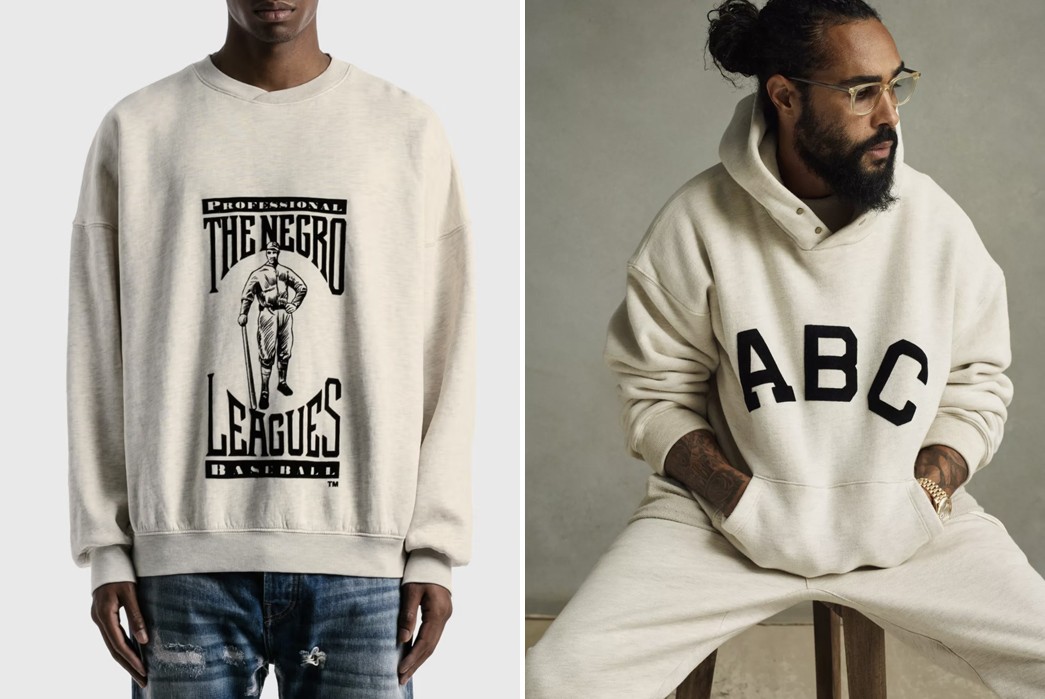
Sweatshirt and hoodie from Fear of God’s Negro League collection via Hypebeast
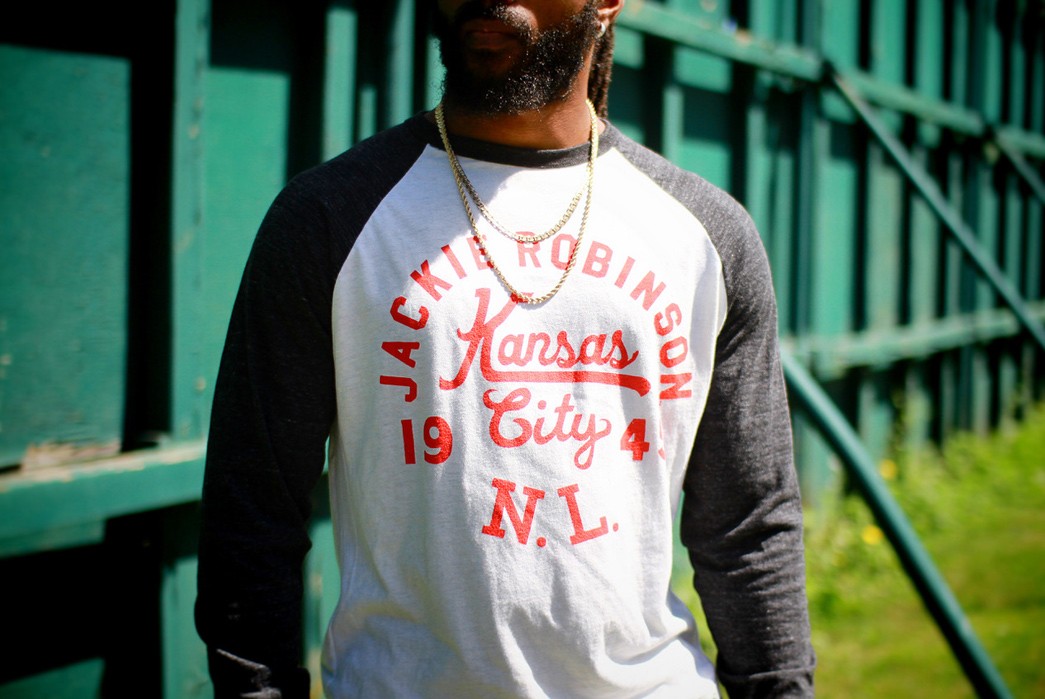
Roots of Fight Raglan Tee via andscape.com
After baseball was integrated in 1947, the leagues waned and by 1960 ceased to exist altogether. But to this day, the legacy of Negro Leagues, particularly the uniforms and team logos, carries a unique and nostalgic charm. The distinctive team designs have been celebrated in modern baseball fashion as fans pay homage to the players of yore and what they stood for.
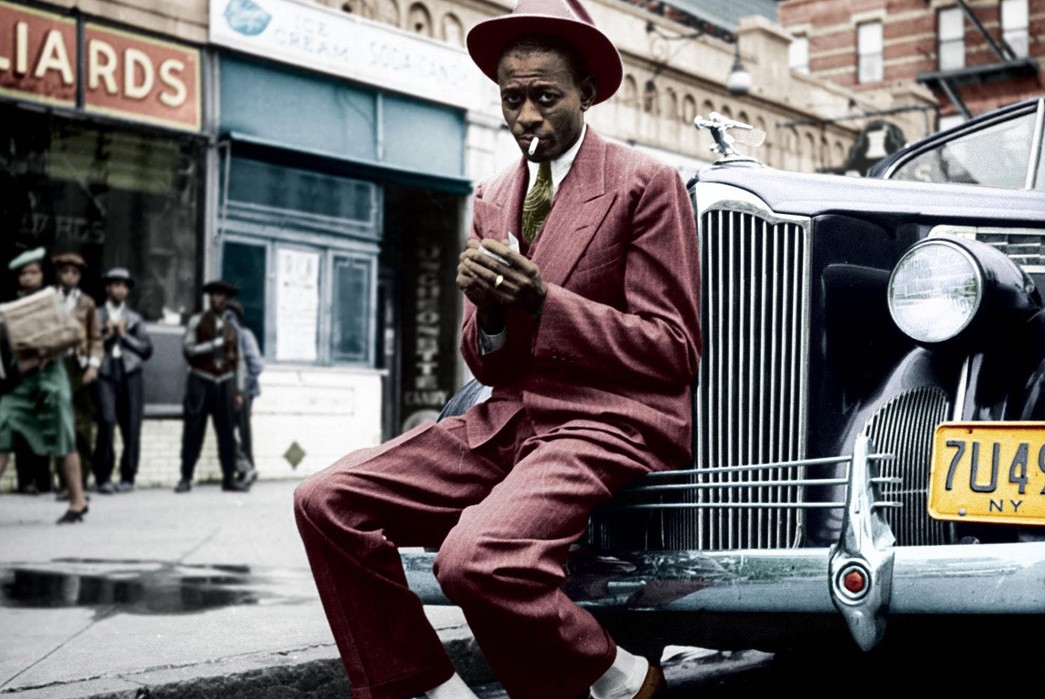
Satchel Paige in Harlem in 1941 via National Baseball Hall of Fame and Museum

